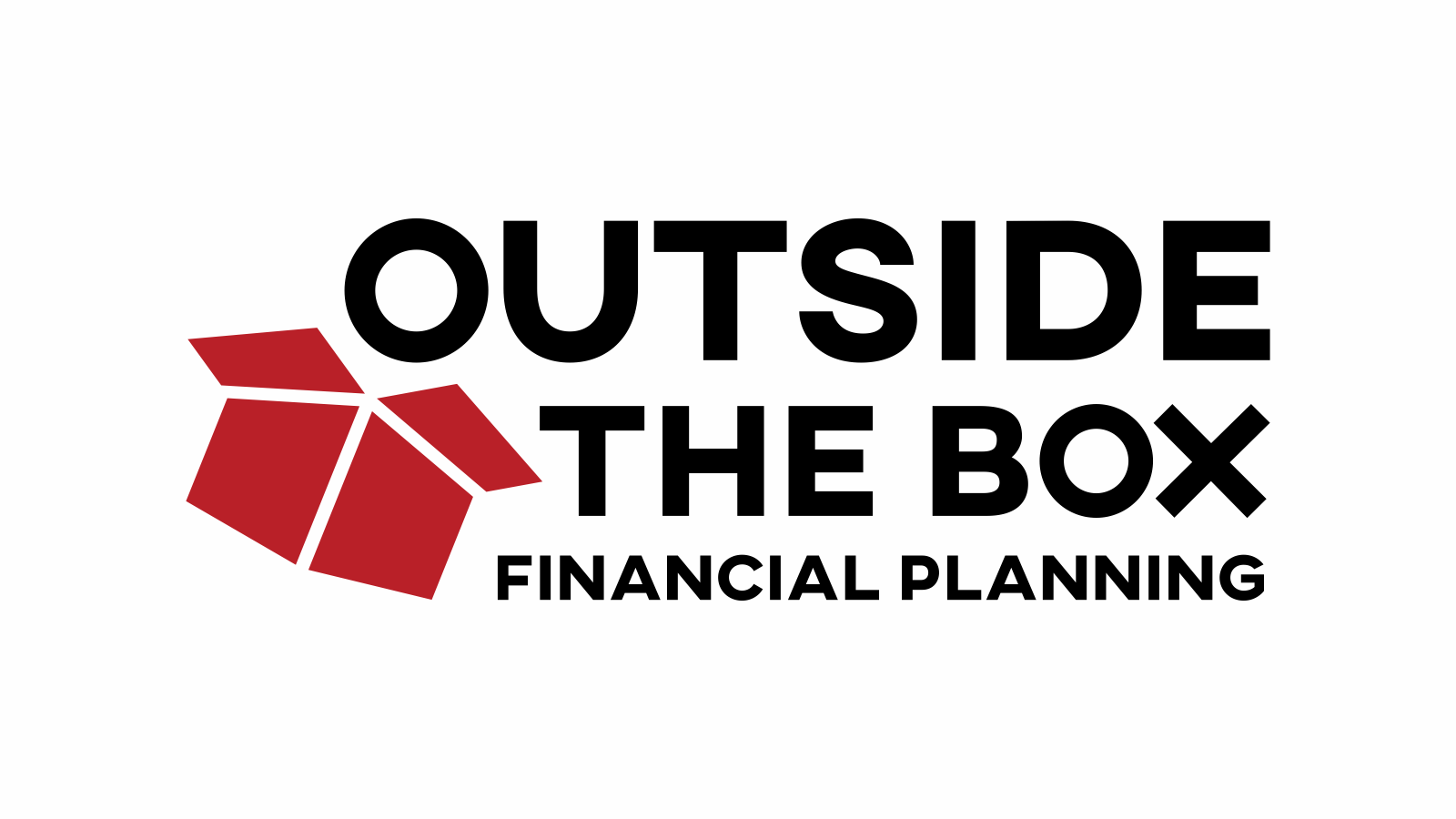Where You Should and Shouldn't Place Your Emergency Fund
Let's talk about one of the most critical aspects of personal finance: your emergency fund. Think of it as the financial equivalent of a spare tire in your car. You hope you never have to use it, but you're immensely grateful it's there when you do. Now, where you keep that spare tire matters just as much as having one. Similarly, where you place your emergency fund can make a significant difference in how well it serves you when life throws a curveball.
The Ideal Parking Spot: High-Yield Savings Accounts
Imagine parking your car in a well-lit, secure garage. It’s safe, you can access it quickly, and you have peace of mind knowing it’s protected. That’s what a high-yield savings account offers your emergency fund. These accounts, typically offered by online banks, provide higher interest rates than traditional savings accounts. Your money grows faster, yet remains easily accessible. High-yield savings accounts are FDIC insured up to $250,000, ensuring your funds are safe. Plus, accessing your money in a pinch is straightforward – usually just a transfer away. It’s the perfect blend of security and accessibility, much like that secure garage for your car.
The Driveway Option: Traditional Savings Accounts
Parking your car in your driveway is convenient, but it doesn’t offer the same level of protection as a garage. Traditional savings accounts are similar. They are easy to access, but the interest rates are typically lower than those of high-yield savings accounts. While your money is still safe and FDIC insured, it won’t grow as quickly. If convenience is your top priority and you don’t mind missing out on a bit of extra interest, a traditional savings account can still be a suitable spot for your emergency fund.
Avoid the Street Parking: Checking Accounts
Parking your car on the street might seem convenient, but it comes with risks. It’s exposed to the elements and more vulnerable to theft or damage. Placing your emergency fund in a checking account is similar to street parking. While checking accounts provide easy access to your funds, they come with limitations similar to street parking. They offer minimal interest rates, so your money isn’t growing, and the convenience of immediate access can lead to the temptation of using the funds for non-emergencies. Though they’re safe in terms of FDIC insurance, checking accounts are not the most advantageous place for your emergency fund. Additionally, checking accounts usually offer little to no interest, meaning your emergency fund won’t grow. It's best to avoid this option unless you have no other immediate alternatives.
The Overlooked Basement: Certificates of Deposit (CDs)
Think of Certificates of Deposit (CDs) as storing your emergency fund in a basement safe. It’s secure and earns a bit more interest, but accessing it quickly can be a hassle. CDs lock your money away for a set period – anywhere from a few months to several years. In return, you earn higher interest rates than typical savings accounts. However, if you need to access your money before the CD matures, you’ll face penalties. CDs might be a good option for part of your emergency fund, especially if you’re confident you won’t need it all at once. But keep the bulk of your fund in more accessible accounts.
The Tempting but Risky Attic: Investment Accounts
Imagine stashing your emergency fund in the attic – out of sight, out of mind. Investment accounts like stocks, bonds, or mutual funds are akin to this attic storage. While they offer the potential for higher returns, they come with significant risks. The stock market can be unpredictable over the short term, and your emergency fund could lose value right when you need it most. Additionally, accessing these funds might take time, and you could face fees and/or tax implications. Investing your emergency fund is generally not advisable due to these uncertainties. Your emergency fund should be liquid and stable, not subject to market fluctuations.
The Locked Trunk: Money Market Accounts
Money Market Accounts (MMAs) are like keeping your emergency fund in a locked trunk. They offer better interest rates than traditional savings accounts and come with check-writing privileges and debit card access. However, they often require higher minimum balances. MMAs are a solid middle ground, providing safety, accessibility, and a bit of growth. Just make sure you meet the minimum balance requirements to avoid fees. If you’re comfortable with these conditions, an MMA can be a good place for your emergency fund.
The Wallet Dilemma: Cash at Home
Keeping your emergency fund as cash at home is like carrying all your savings in your wallet. It’s incredibly accessible but comes with high risks. Cash can be lost, stolen, or destroyed. Additionally, it earns no interest and doesn’t grow over time. Having a small amount of cash on hand for immediate emergencies is wise, but it’s not a suitable place for your entire emergency fund. Aim to keep just a few hundred dollars in cash for immediate needs and store the rest in a safer, interest-bearing account.
Final Thoughts: Balance and Strategy
The best strategy for your emergency fund involves a mix of security, accessibility, and growth. High-yield savings accounts should be your primary choice, offering the right balance of these factors. Complement this with a portion in Money Market Accounts or short-term CDs if you can manage the requirements and penalties. Remember, the goal of your emergency fund is to be there when you need it most, without added stress or complications. Like choosing the right parking spot for your car, choosing the right place for your emergency fund ensures you’re prepared for whatever life throws your way. So, take a moment to evaluate where your emergency fund is currently parked. Make adjustments if necessary to ensure it's in the best possible spot. Your future self will thank you for the foresight and planning!








